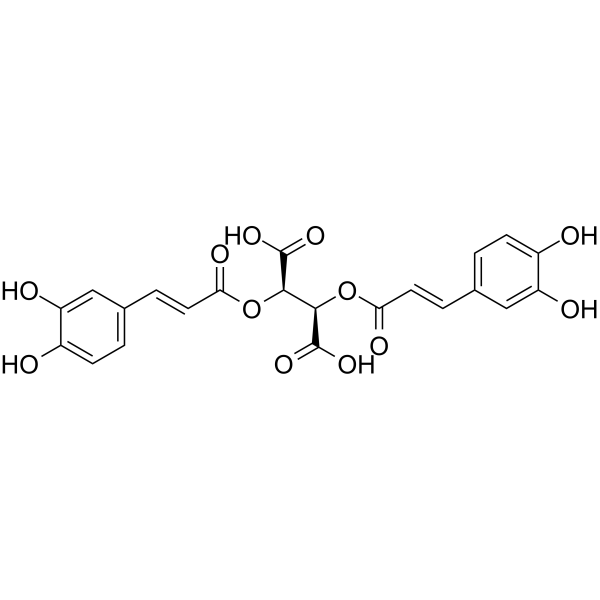Reactive Oxygen Species
Reactive oxygen species (ROS), such as superoxide anion (O2-), hydrogen peroxide (H2O2), and hydroxyl radical (HO•), consist of radical and non-radical oxygen species formed by the partial reduction of oxygen. Cellular ROS are generated endogenously during mitochondrial oxidative metabolism as well as in cellular response to xenobiotics, cytokines, and bacterial invasion.
ROS also activates MAPK pathways by the direct inhibition of MAPK phosphatases. Through PTEN, the PI3K pathway is subject to reversible redox regulation by ROS generated by growth factor stimulation. The activation of autophagy may be a cellular defense mechanism in response to ROS.
Targets for Reactive Oxygen Species
Products for Reactive Oxygen Species
- Cat.No. Nombre del producto Información
-
GC41623
β-Elemonic Acid
β-El Ácido elemÓnico es un triterpeno aislado de Boswellia papyrifera.

-
GC41502
β-Myrcene
β-Myrcene (β-ޚ-Myrcene), un compuesto volátil aromático, suprime la actividad de NF-κB inducida por TNFα.

-
GC67191
(±)-α-Tocopherol nicotinate
(±)-α-El nicotinato de tocoferol, vitamina E - nicotinato, es un antioxidante liposoluble activo por vía oral que previene la peroxidación lipídica en las membranas celulares. (±)-α-El nicotinato de tocoferol se hidroliza en la sangre a α -tocoferol y niacina y pueden usarse en estudios de enfermedades vasculares relacionadas.
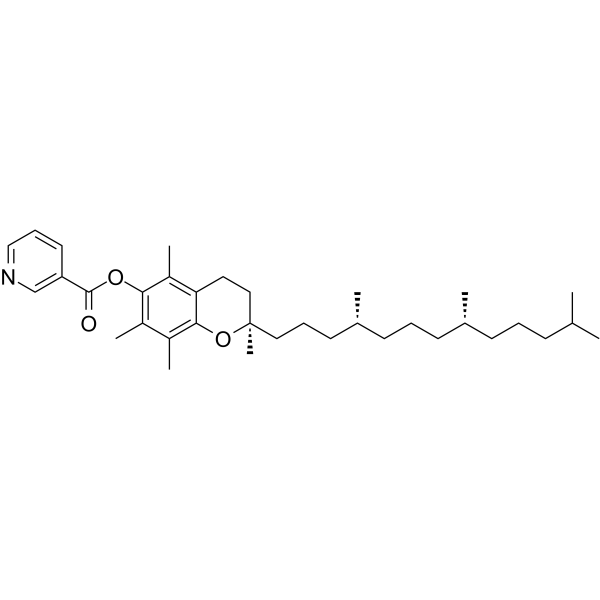
-
GC39271
(±)-Naringenin
(±)-naringenina es un flavonoide natural.
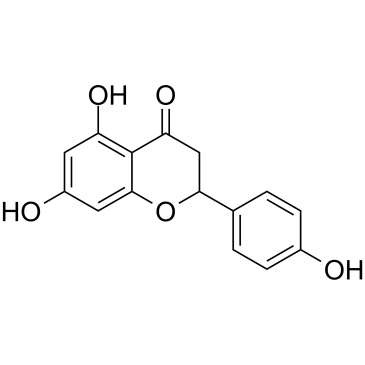
-
GC40355
(±)13-HpODE
(±)13-HpODE (ácido 13-hidroperoxilinoleico) es una mezcla racémica de hidroperóxidos, que se produce por la oxidación del ácido linoleico por la lipoxigenasa.

-
GC40809
(+)-β-Citronellol
(+)-β-Citronellol (D-Citronellol) es un monoterpeno alcohÓlico que se encuentra en el aceite esencial de geranio.

-
GC63969
(+)-Schisandrin B
(+)-Schisandrin B es un enantiÓmero de Schisandrin B.
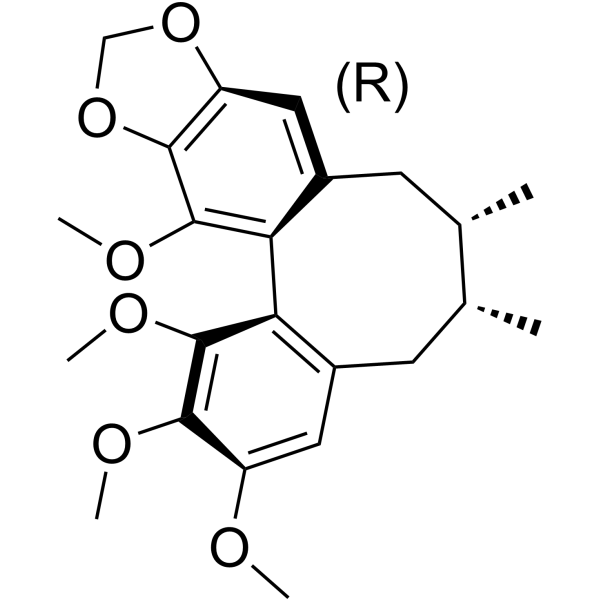
-
GC14049
(-)-Epigallocatechin gallate (EGCG)
Un fenol con diversas actividades biológicas.
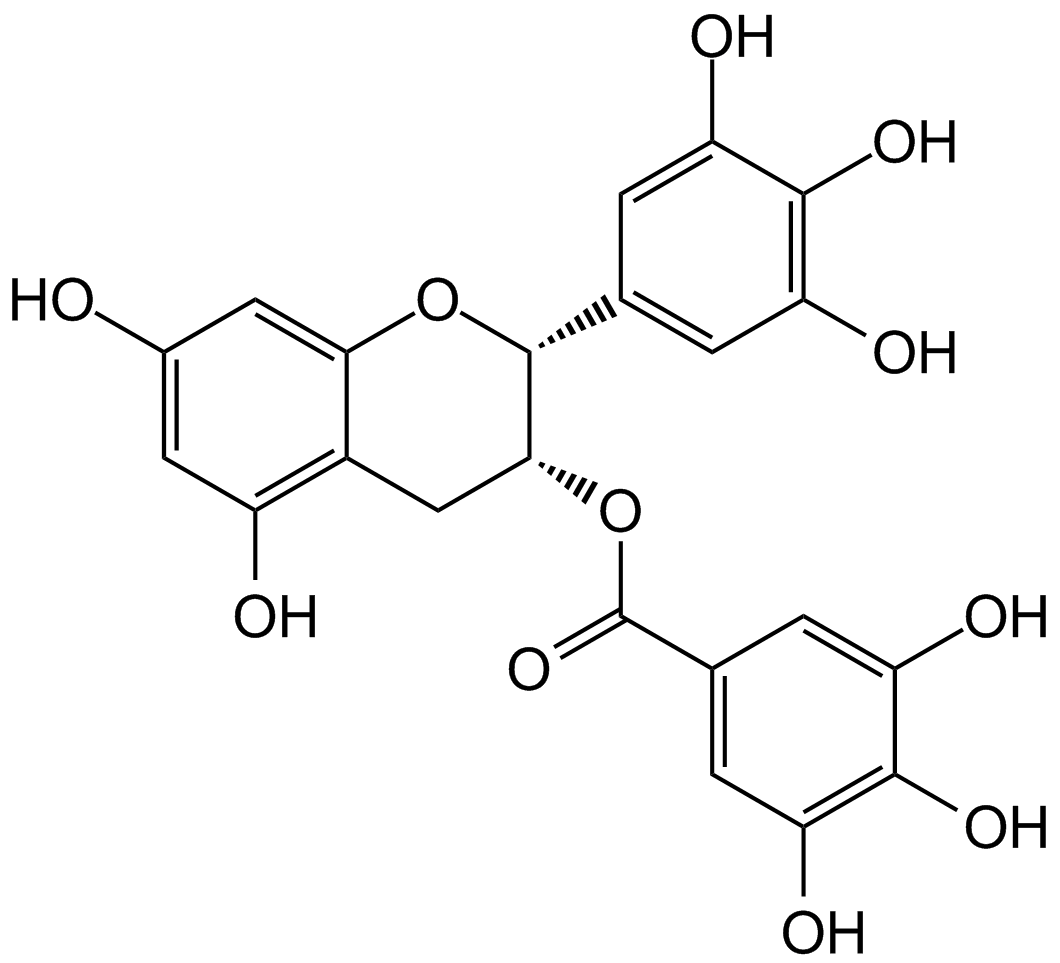
-
GC45248
(-)-FINO2
(-)-FINO2 es un potente inductor de ferroptosis. (-)-FINO2 inhibe la actividad de GPX4. (-)-FINO2 es un oxidante estable que oxida el hierro ferroso y es estable a diferentes niveles de pH. (-)-FINO2 provoca una peroxidaciÓn lipÍdica generalizada.

-
GC38316
(-)-Limonene
El (-)-limoneno ((S)-(-)-limoneno) es un monoterpeno que se encuentra en muchos aceites de aguja de pino y en trementina.
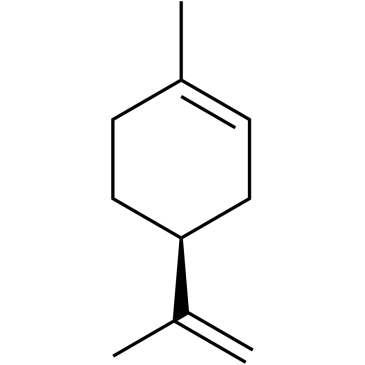
-
GC41700
(E)-2-(2-Chlorostyryl)-3,5,6-trimethylpyrazine
(E)-2-(2-Chlorostyryl)-3,5,6-trimethylpyrazine (CSTMP) is a stilbene derivative with antioxidant and anticancer activities.

-
GC61668
(E)-3,4-Dimethoxycinnamic acid
El Ácido (E)-3,4-dimetoxicinÁmico es el isÓmero menos activo del Ácido 3,4-dimetoxicinÁmico.
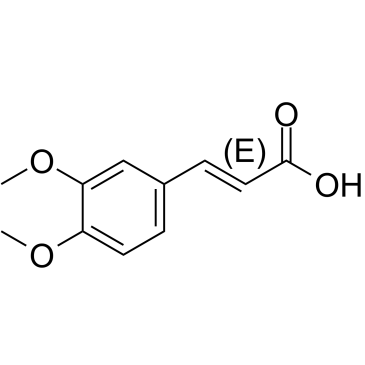
-
GC39747
(E/Z)-GSK5182
(E/Z)-GSK5182 es un compuesto racémico de los isÓmeros (E)-GSK5182 y (Z)-GSK5182.
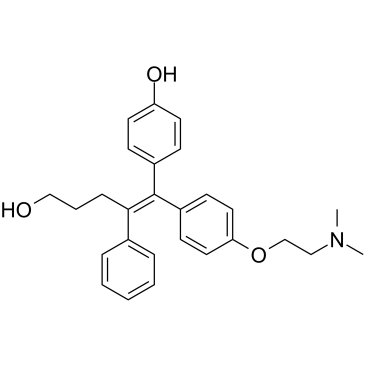
-
GC41721
(R)-α-Lipoic Acid
(R)-α-Lipoic acid is the naturally occurring enantiomer of lipoic acid, a cyclic disulfide antioxidant.

-
GC41837
1,3,7-Trimethyluric Acid
El Ácido 1,3,7-trimetilÚrico es el metabolito de la cafeÍna. La proporciÓn metabÓlica de Ácido 1,3,7-trimetilÚrico a cafeÍna se puede evaluar como biomarcador para describir la variabilidad en la actividad de CYP3A en una cohorte.

-
GC46387
1,3,7-Trimethyluric Acid-d9
An internal standard for the quantification of 1,3,7-trimethyluric acid

-
GC35037
1,3-Dicaffeoylquinic acid
El Ácido 1,3-dicafeoilquÍnico es un derivado del Ácido cafeoilquÍnico y activa PI3K/Akt.
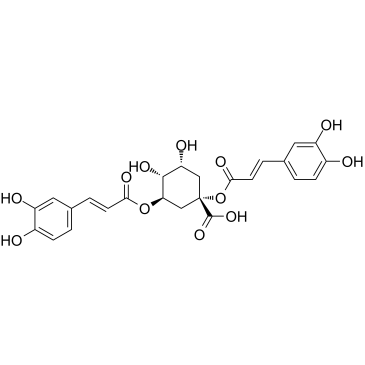
-
GC46481
1-Hydroxyphenazine
A P. aeruginosa virulence factor

-
GC18235
1-O-Hexadecyl-sn-glycerol
1-O-Hexadecyl-sn-glycerol is a bioactive alkyl glyceryl ether.
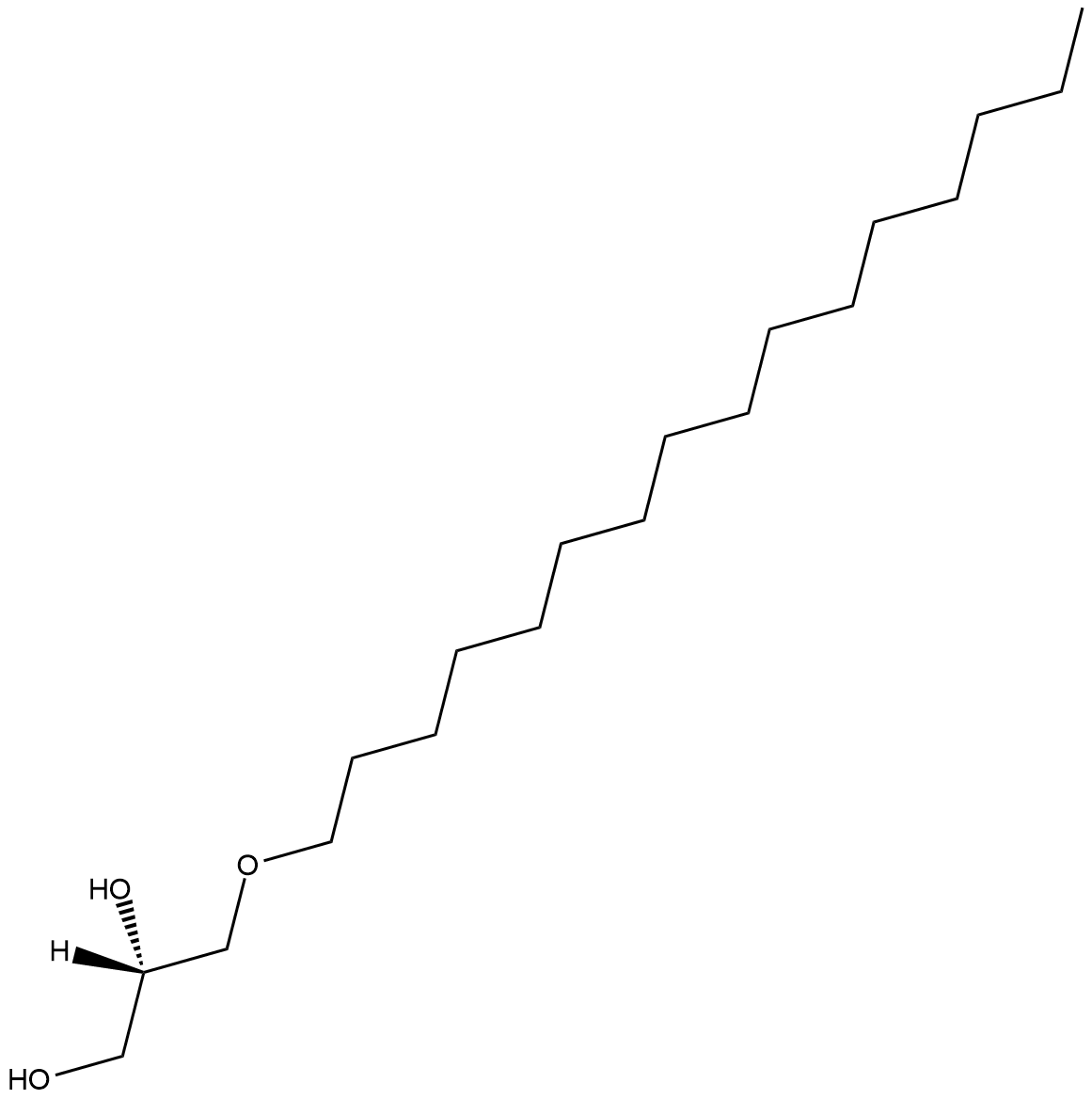
-
GC40146
1-Oleoyl-2-Palmitoyl-rac-glycerol
1-Oleoyl-2-palmitoyl-rac-glycerol (1,2-OP) is a diacylglycerol containing oleic acid at the sn-1 position and palmitic acid at the sn-2 position.

-
GC41866
10-methyl-9-(phenoxycarbonyl) Acridinium (trifluoromethylsulfonate)
10-methyl-9-(phenoxycarbonyl) Acridinium is an acridinium ester that produces fluorescent 10-methyl-9-acridone upon oxidation with hydrogen peroxide, persulfates, and other oxidants in alkaline conditions.

-
GC41868
10-Nitrooleate
El 10-nitrooleato (CXA-10), un Ácido graso nitro, tiene efectos potenciales en estados patolÓgicos en los que el estrés oxidativo, la inflamaciÓn, la fibrosis y/o la toxicidad tisular directa juegan un papel importante.

-
GC67628
2',7'-Dichlorofluorescein
2',&7#39;-La diclorofluoresceína actúa como una sonda fluorescente (Ex\u003d496 nm y Em\u003d525 nm) para la medición de especies reactivas de oxígeno (ROS).
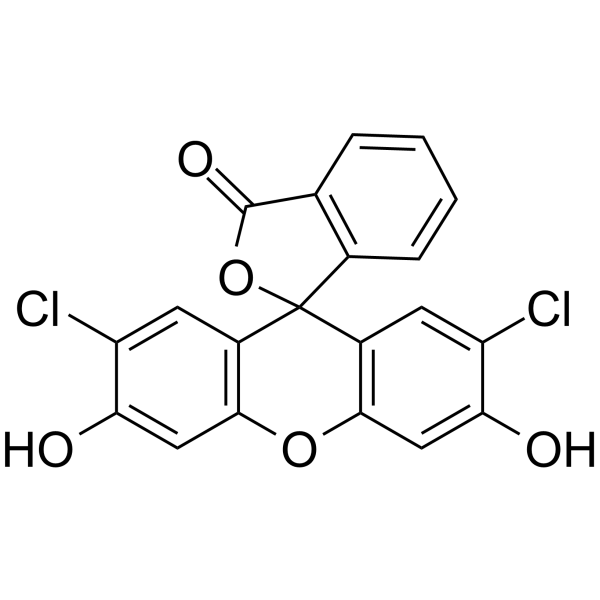
-
GC42079
2',7'-Dichlorofluorescein diacetate
El diacetato de 2',7'-diclorofluoresceína (DCFH-DA) es una sonda fluorescente permeable a las células.

-
GC46057
2,5-Dihydroxycinnamic Acid phenethyl ester
An inhibitor of 5-LO

-
GC35095
2-Phospho-L-ascorbic acid trisodium salt
La sal trisÓdica del Ácido 2-fosfo-L-ascÓrbico (trisodio del Ácido 2-fosfo-L-ascÓrbico) es un derivado de la vitamina C de acciÓn prolongada que puede estimular la formaciÓn y expresiÓn de colÁgeno.
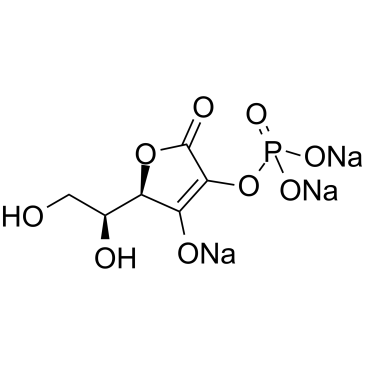
-
GC49005
2S-Eriodictyol
A flavanone with antioxidant activity

-
GN10006
3,4-Dihydroxybenzaldehyde
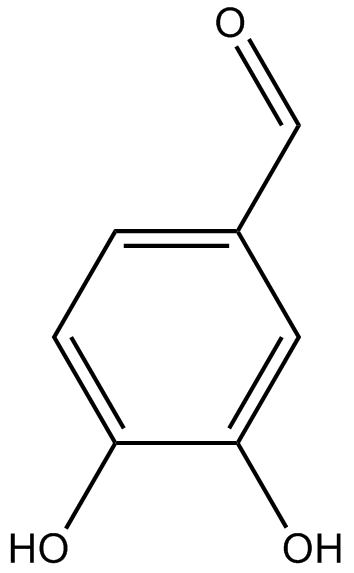
-
GC33992
3,4-Dimethoxycinnamic acid (O-Methylferulic acid)
El Ácido 3,4-dimetoxicinÁmico (Ácido O-metilferÚlico) (Ácido O-metilferÚlico) es un monÓmero extraÍdo y purificado de Securidaca inappendiculata Hassk.
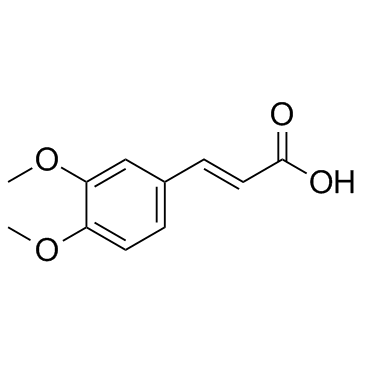
-
GC61673
3,5-Di-tert-butylphenol
El 3,5-di-terc-butilfenol es un compuesto orgÁnico volÁtil con actividad antibiopelÍcula y antifÚngica.
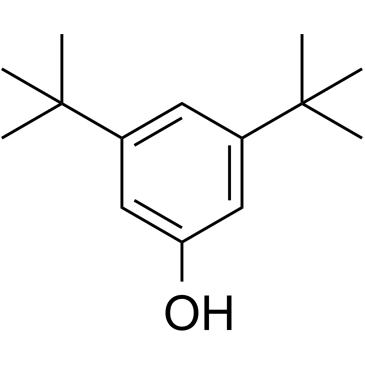
-
GC52324
3-(3-Hydroxyphenyl)propionic Acid sulfate
A metabolite of certain phenols and glycosides

-
GC14282
3-acetyl-11-keto-β-Boswellic Acid
El Ácido 3-acetil-11-ceto-β-boswélico (acetil-11-ceto-β-Ácido boswélico) es un compuesto triterpenoide activo del extracto de serrato de Boswellia y un nuevo activador Nrf2.
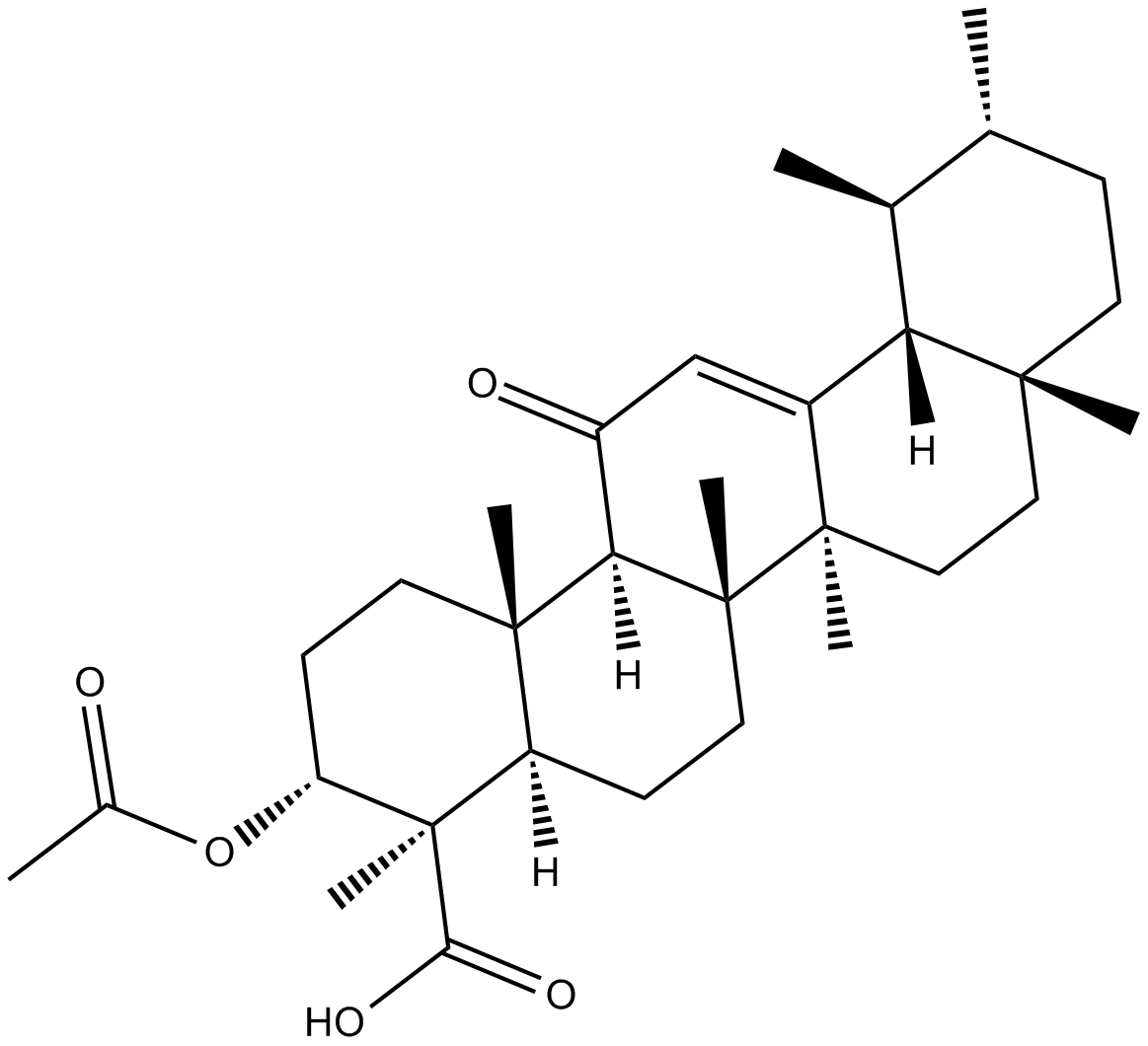
-
GC49849
3-Aminosalicylic Acid
A salicylic acid derivative

-
GC62794
3-Demethylcolchicine
La 3-desmetilcolchicina, un metabolito de la colchicina, posee un grupo hidroxi en su anillo de carbono que podrÍa participar en la eliminaciÓn de radicales e inhibe notablemente el edema de carragenina.
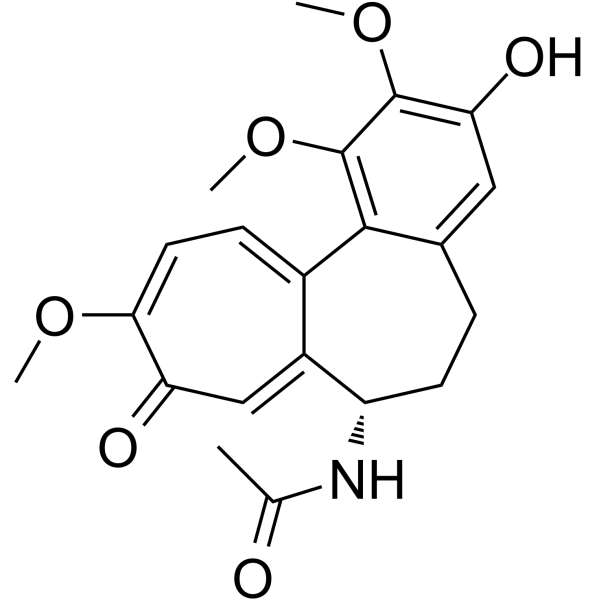
-
GC49364
3-Hydroxycoumarin
La 3-hidroxicumarina es un potente inhibidor redox de la 15-LOX-1 humana.

-
GC45337
3-Hydroxyterphenyllin
La 3-hidroxiterfenillina es un metabolito de Aspergillus candidus. La 3-hidroxiterfenillina suprime la proliferaciÓn y causa citotoxicidad contra las células A2780/CP70 y OVCAR-3. La 3-hidroxiterfenilina induce la detenciÓn de la fase S y la apoptosis. La 3-hidroxiterfenilina tiene potencial para la investigaciÓn del cÁncer de ovario.

-
GC31290
3-Indolepropionic acid
Se ha demostrado que el Ácido 3-indolpropiÓnico es un poderoso antioxidante y tiene potencial en el tratamiento de la enfermedad de Alzheimer.
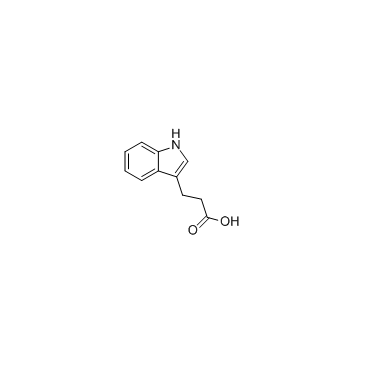
-
GC42338
4-Aminobenzoic Acid hydrazide
La hidrazida del Ácido 4-aminobenzoico es un inhibidor irreversible de la mieloperoxidasa MPO con una IC50 de 0,3 μM.

-
GC42351
4-carboxy TEMPO
4-carboxy TEMPO is a nitroxide and spin label.

-
GC42401
4-hydroperoxy Cyclophosphamide
Un análogo activado de ciclofosfamida.

-
GC18858
4-hydroxy Alternariol
4-hydroxy Alternariol is a metabolite of the mycotoxin alternariol formed through cytochrome P450 (CYP450) metabolism.
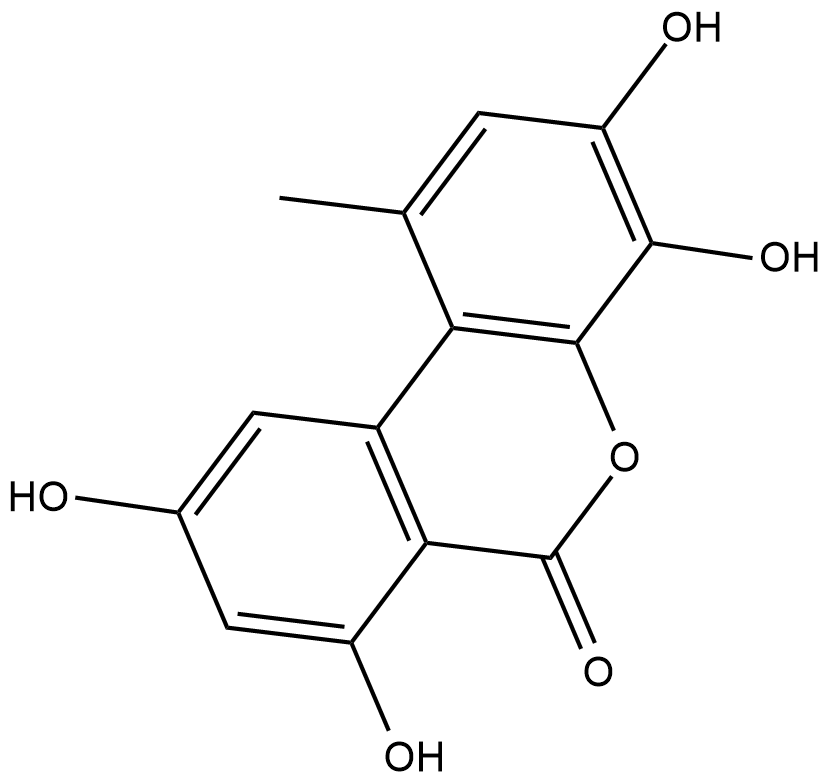
-
GC40477
4-Thiouracil
4-Thiouracil is a site-specific, photoactivatable probe used to detect RNA structures and nucleic acid-nucleic acid contacts.

-
GC49339
5(6)-Carboxy-2′,7′-dichlorofluorescein diacetate
El diacetato de 5(6)-carboxi-&2#8242;,7&2#8242;-diclorofluoresceína es un indicador fluorescente de permeación celular.
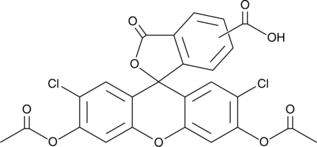
-
GC52227
5-(3',4'-Dihydroxyphenyl)-γ-Valerolactone
An active metabolite of various polyphenols

-
GC45357
5-Chlorouracil

-
GC49233
5-Feruloylquinic Acid
El Ácido 5-feruloilquÍnico (5-FQA) posee efectos antioxidantes y actividades inhibidoras de la tirosinasa.

-
GC39760
5-Galloylquinic acid
Ácido 5-galoilquÍnico, un eliminador principal de las especies reactivas de oxÍgeno (ROS) en el té verde.
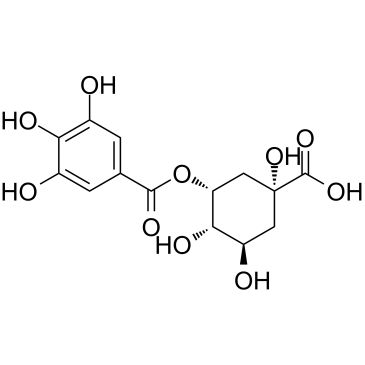
-
GC46033
5-Heneicosylresorcinol
An alkylresorcinol

-
GC61638
5-Hydroxyoxindole
El 5-hidroxioxindol es un anÁlogo estructural del Ácido Úrico.
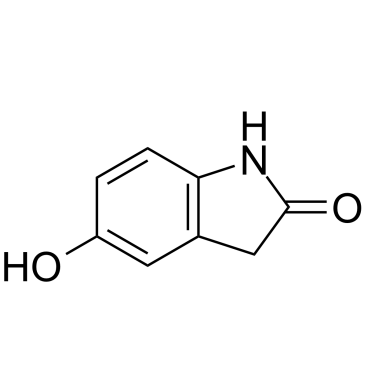
-
GC46079
5-Tricosylresorcinol
5-Tricosilresorcinolthe es el primer quiste de lÍpidos.

-
GC49864
6-Methylpterin
A derivative of folic acid
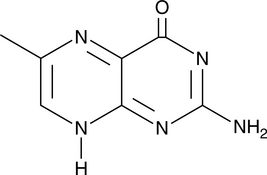
-
GC18776
6α-hydroxy Cholesterol
6α-hydroxy Cholesterol is an oxysterol that increases superoxide anion production in SK-N-BE cells when used at concentrations of 50 and 100 μM.
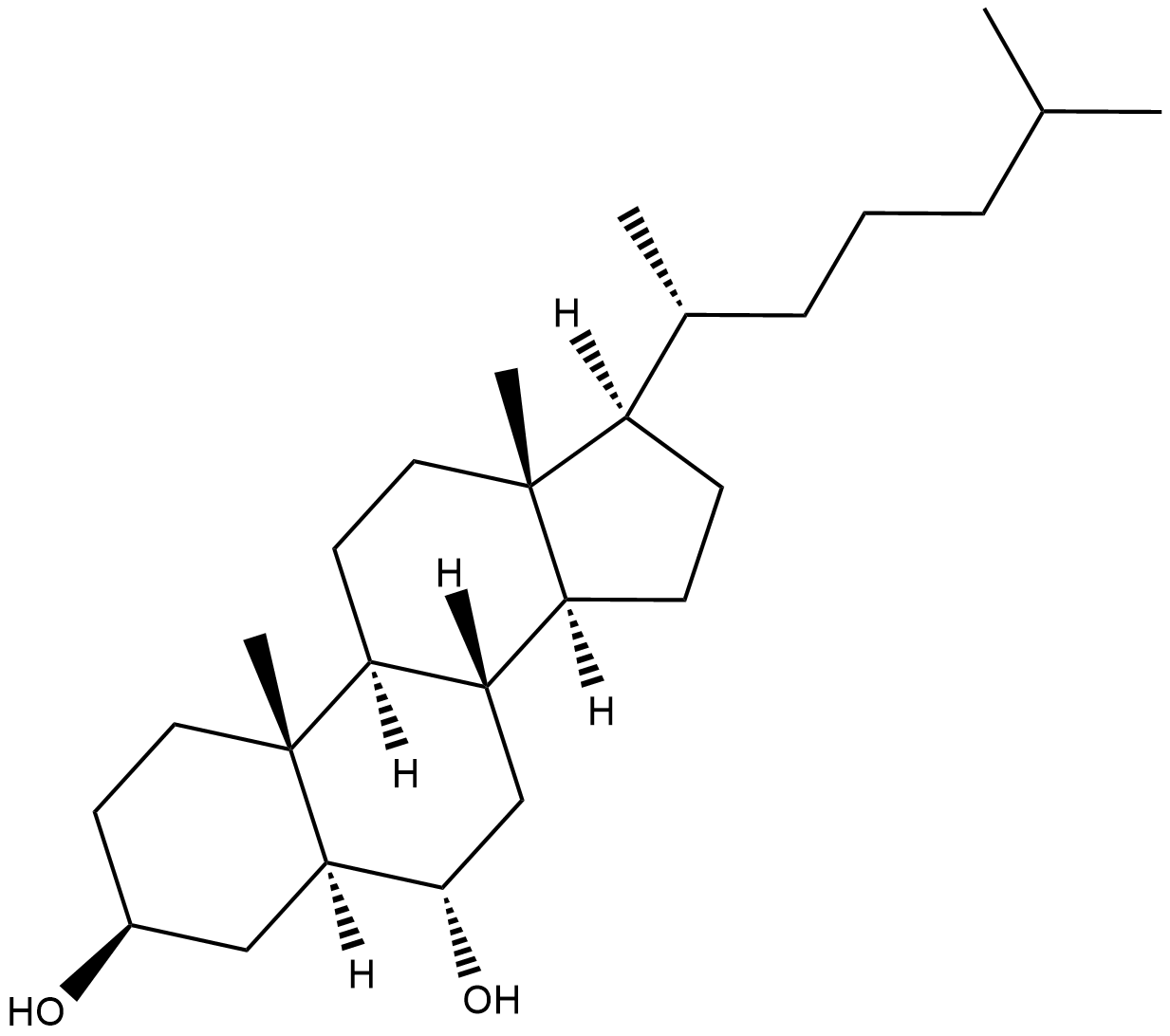
-
GC46080
7,3',4'-Trihydroxyflavone
7,3',4'-La trihidroxiflavona es un compuesto de aglicÓn flavonoide aislado de las vainas de habas.

-
GC42627
8-Hydroxyguanine (hydrochloride)
8-Hydroxyguanine is produced by oxidative degradation of DNA by hydroxyl radical.

-
GC42642
9,10-Anthracenediyl-bis(methylene)dimalonic Acid
El Ácido 9,10-antracenodiil-bis(metilen)dimalÓnico (ABMDMA) es un tinte biolÓgico y un indicador que se utiliza para detectar la generaciÓn de oxÍgeno singulete (SOG). El Ácido 9,10-antracenodiil-bis(metileno)dimalÓnico es un derivado soluble en agua del antraceno. El Ácido 9,10-antracenodiil-bis(metilen)dimalÓnico se puede fotoblanquear con oxÍgeno singulete a su endoperÓxido correspondiente. Esta reacciÓn se puede controlar espectrofotométricamente registrando la disminuciÓn de la absorbancia a 400 nm.

-
GC42649
9-Nitrooleate
Nitrated unsaturated fatty acids, such as 10- and 12-nitrolinoleate, cholesteryl nitrolinoleate, and nitrohydroxylinoleate, represent a new class of endogenous lipid-derived signalling molecules.

-
GC19496
AAPH
AAPH is a water-soluble azo compound

-
GC11786
Acetylcysteine
La acetilcisteína es el derivado N-acetil de la CISTEÍNA.
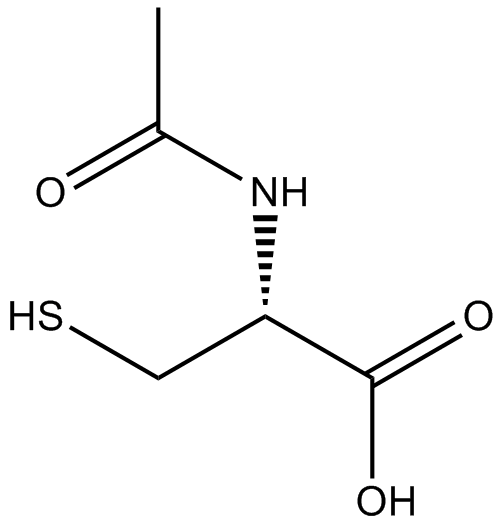
-
GN10298
Alibiflorin
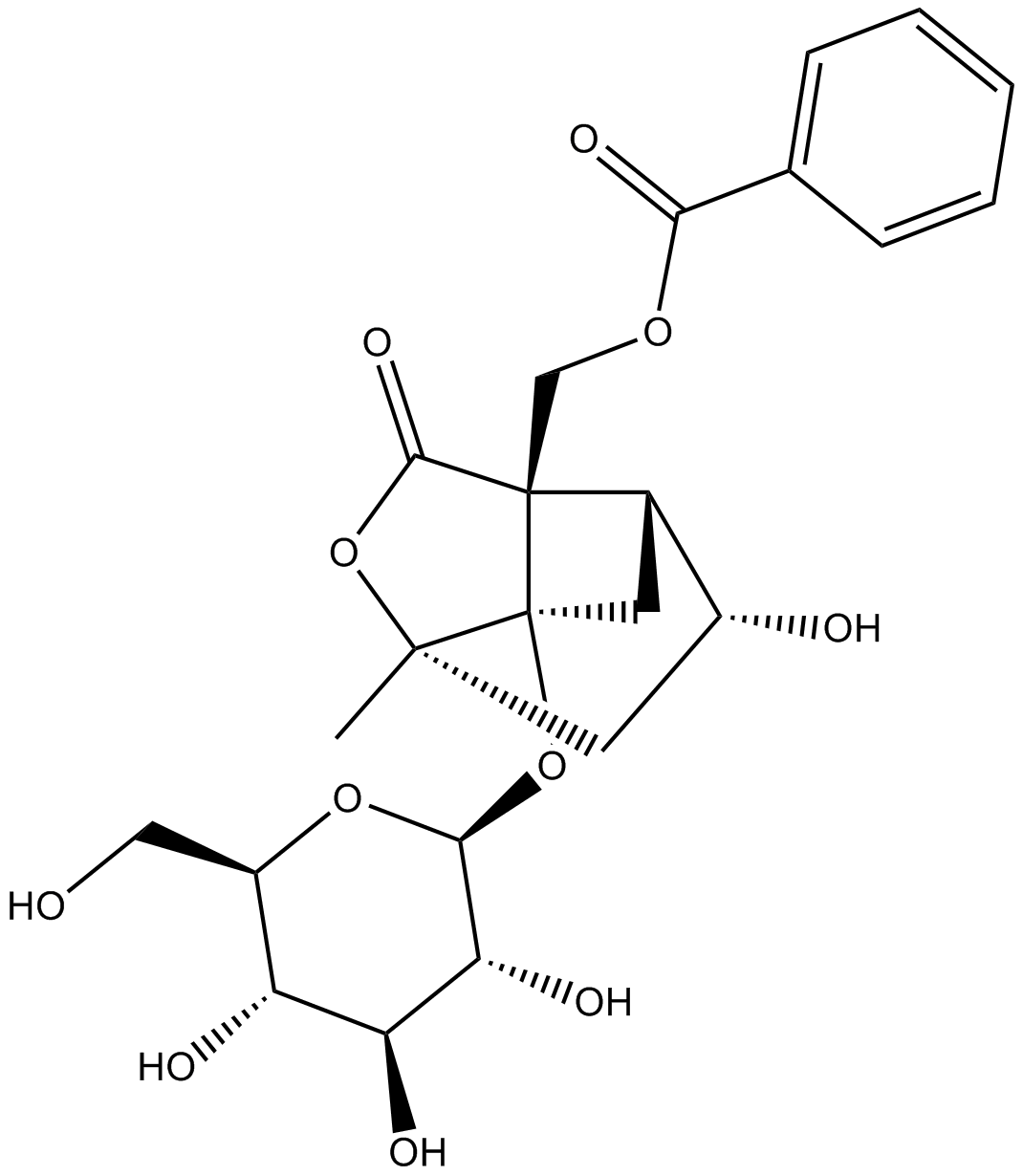
-
GC45379
Alloxan (hydrate)

-
GC11443
Allylthiourea
La aliltiourea es un inhibidor metabÓlico que inhibe selectivamente la oxidaciÓn del amonÍaco.
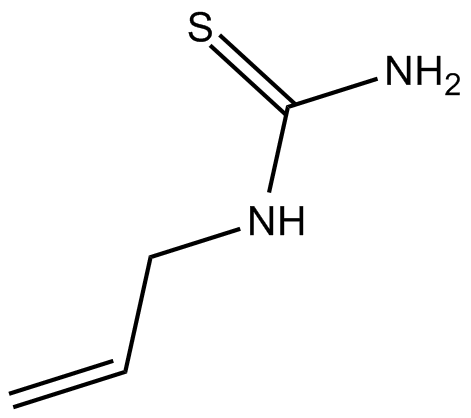
-
GC35306
alpha-Mangostin
alpha-Mangostin (α-Mangostin) es una xantona dietética con amplias actividades biolÓgicas, como efectos antioxidantes, antialérgicos, antivirales, antibacterianos, antiinflamatorios y anticancerÍgenos. Es un inhibidor de la IDH1 mutante (IDH1-R132H) con una Ki de 2,85 μM.
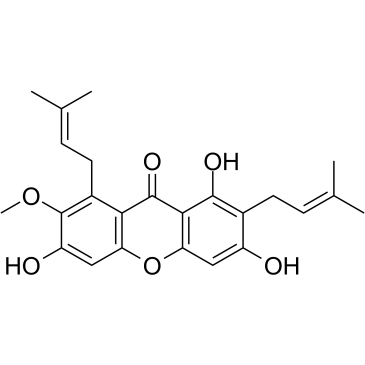
-
GN10484
Amentoflavone
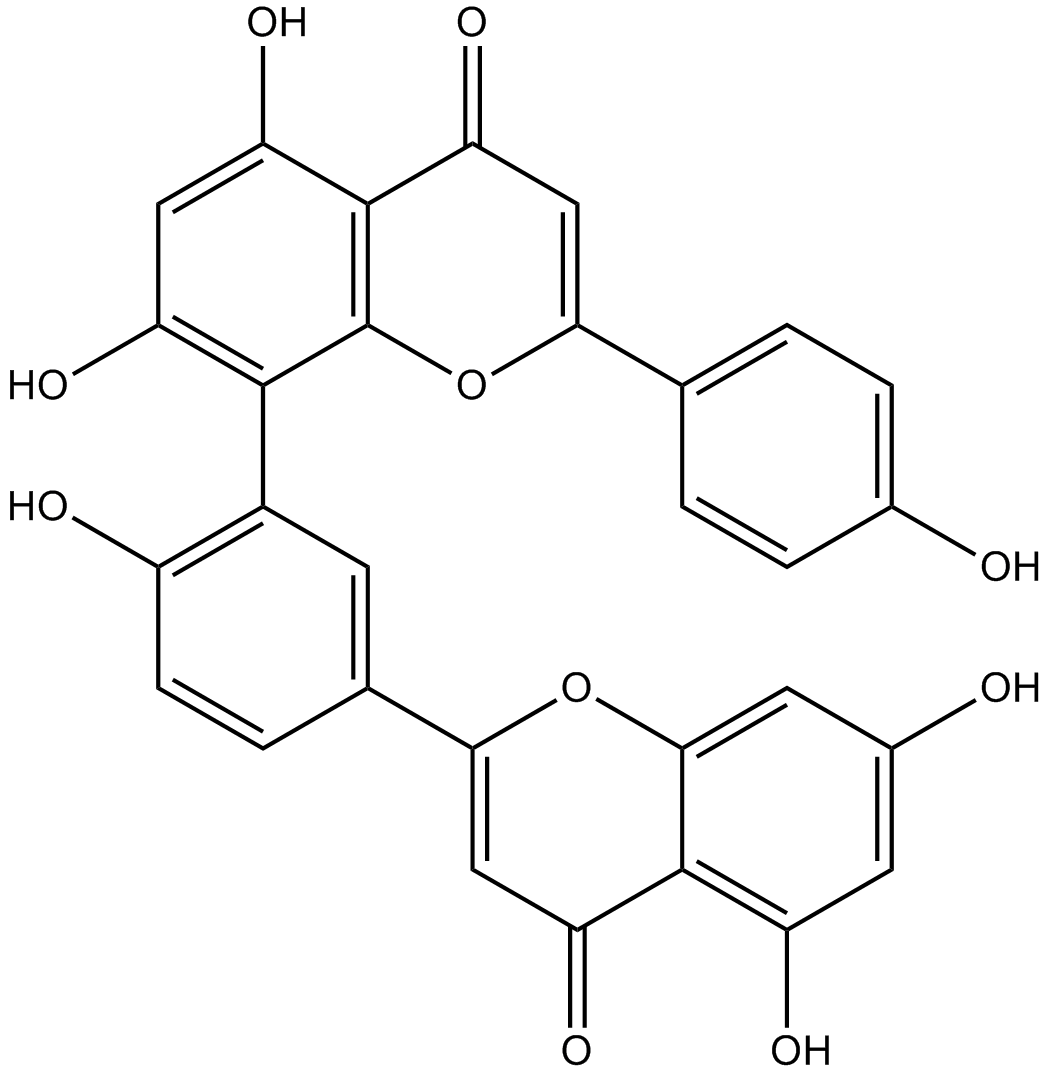
-
GC49336
AMK (hydrochloride)
An active metabolite of melatonin

-
GC49259
Antagonist G (trifluoroacetate salt)
A neuropeptide antagonist

-
GC42825
APF
APF es una sonda de fluorescencia que puede detectar de forma selectiva y dependiente de la dosis ciertas especies entre ROS y que son altamente resistentes a la autooxidaciÓn.

-
GN10509
Apigenin-7-O-β-D-glucopyranoside
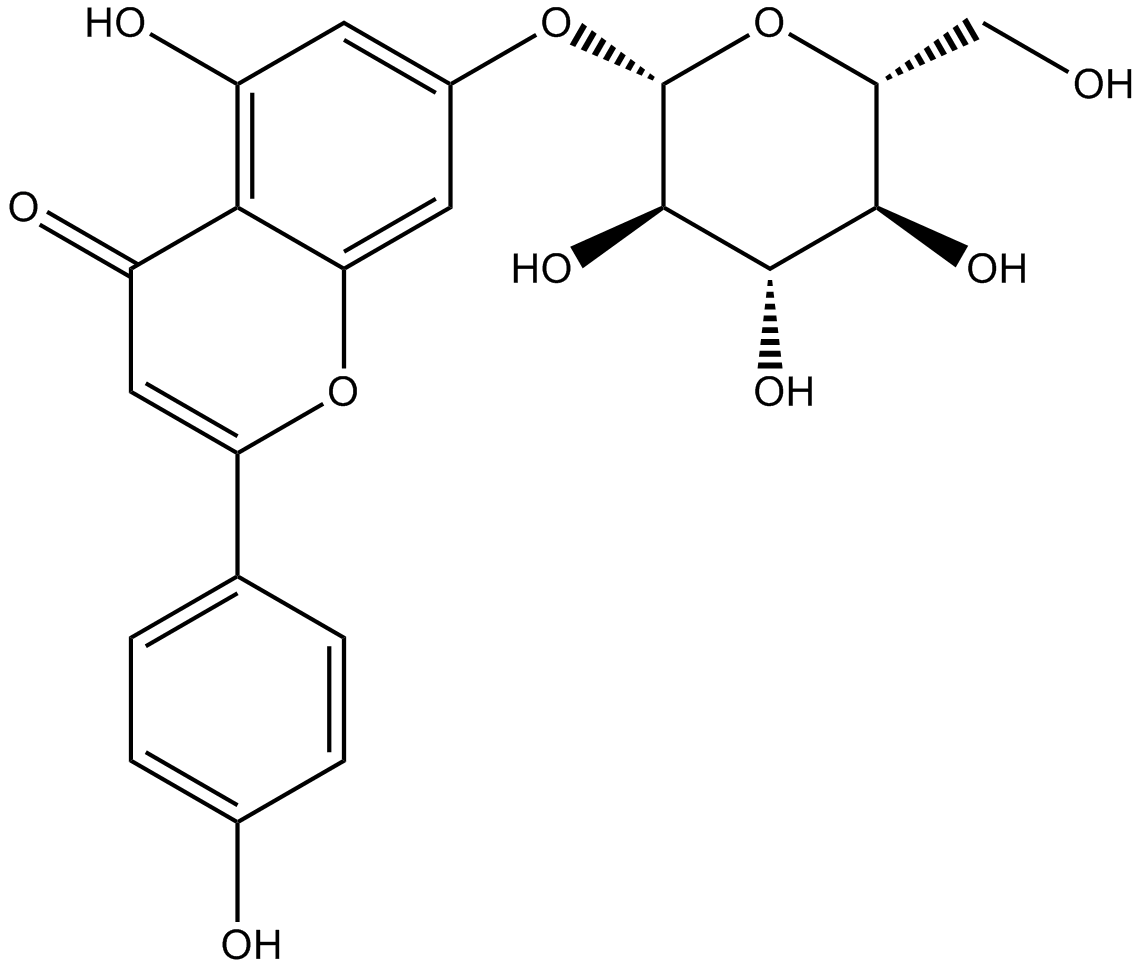
-
GC52332
Arimoclomol
A co-inducer of heat shock proteins

-
GC46005
Arjunolic Acid
El Ácido arjunÓlico es una saponina aislada de Symplocos lancifolia y tiene varias actividades biolÓgicas, que incluyen actividades antioxidantes, antimicrobianas, antibacterianas y antiinflamatorias.

-
GC12070
Ascorbic acid
Un donante de electrones.
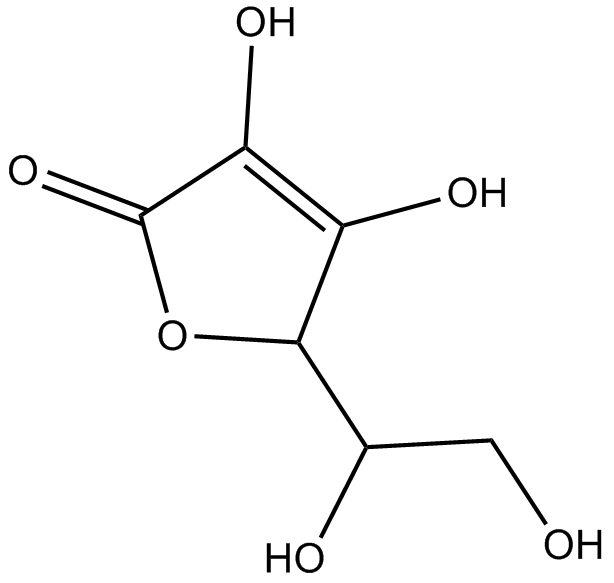
-
GN10534
Asiaticoside
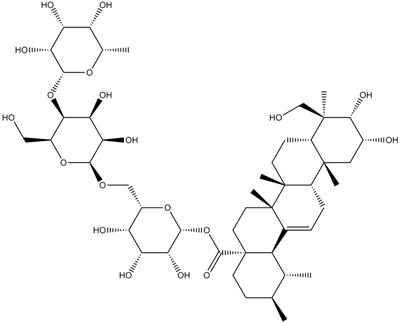
-
GC31350
Astaxanthin
La astaxantina, el carotenoide dietético rojo, es un antioxidante potente y eficaz por vÍa oral.
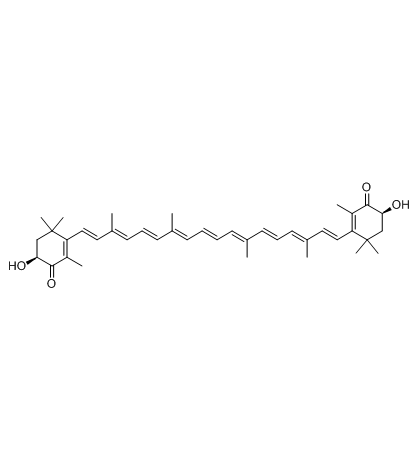
-
GC46904
Azoxystrobin
La azoxistrobina es un fungicida de β-metoxiacrilato de amplio espectro.

-
GC60616
AZT triphosphate
El trifosfato de AZT (3'-azido-3'-desoxitimidina-5'-trifosfato) es un metabolito trifosfato activo de la zidovudina (AZT).
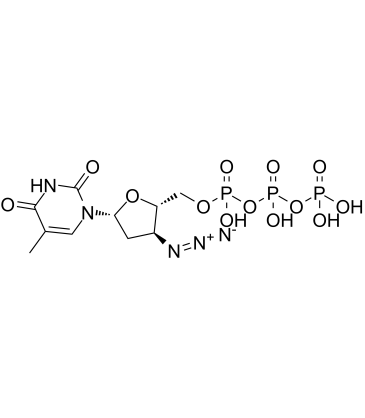
-
GC60617
AZT triphosphate TEA
AZT trifosfato TEA (3'-azido-3'-desoxitimidina-5'-trifosfato TEA) es un metabolito trifosfato activo de zidovudina (AZT).
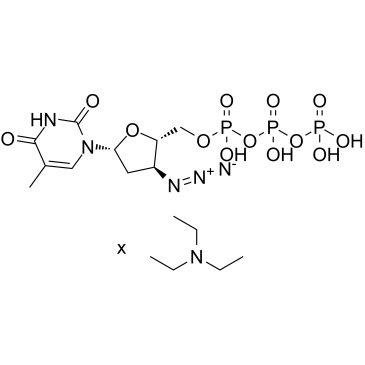
-
GC17574
BAPTA
BAPTA es un quelante selectivo del calcio.
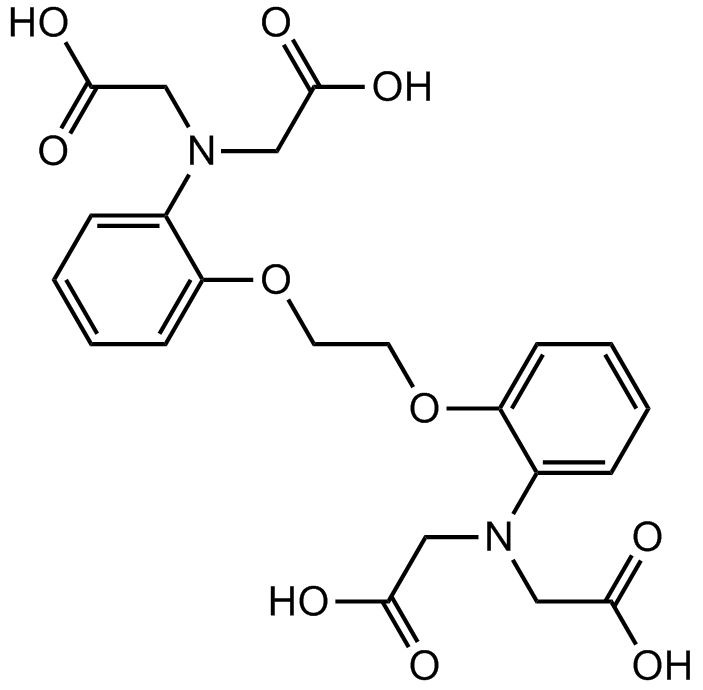
-
GC15949
Benfotiamine
A lipid-soluble form of vitamin B1
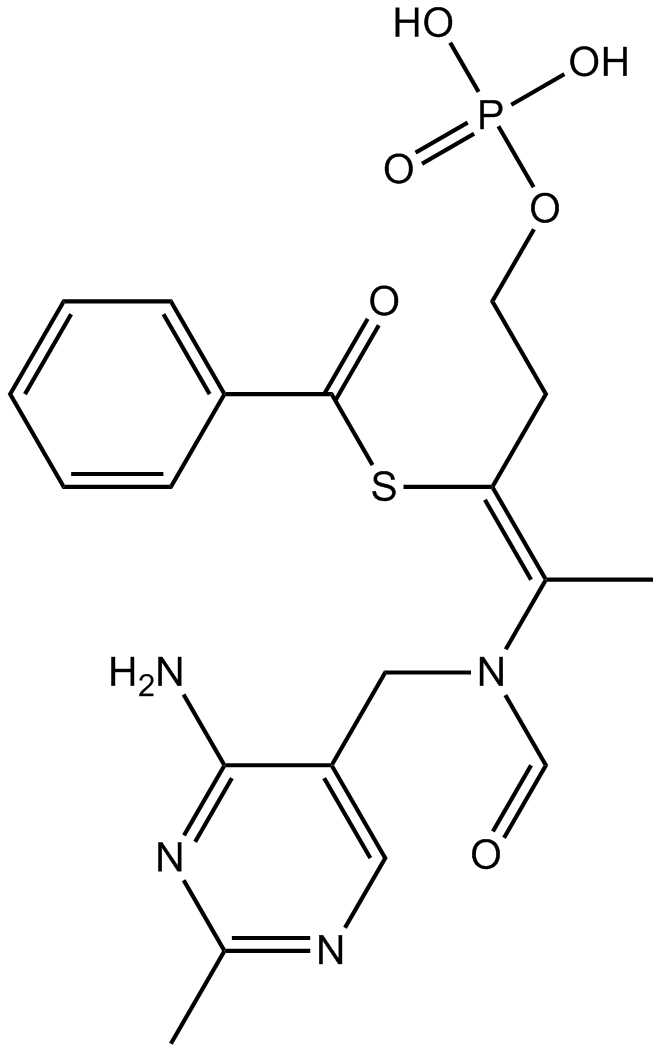
-
GN10221
Berberine
La berberina (Amarillo Natural 18) es un alcaloide aislado de la medicina herbal china Huanglian, como antibiótico. La berberina (Amarillo Natural 18) induce la generación de especies reactivas de oxígeno (ROS) e inhibe la topoisomerasa del ADN.
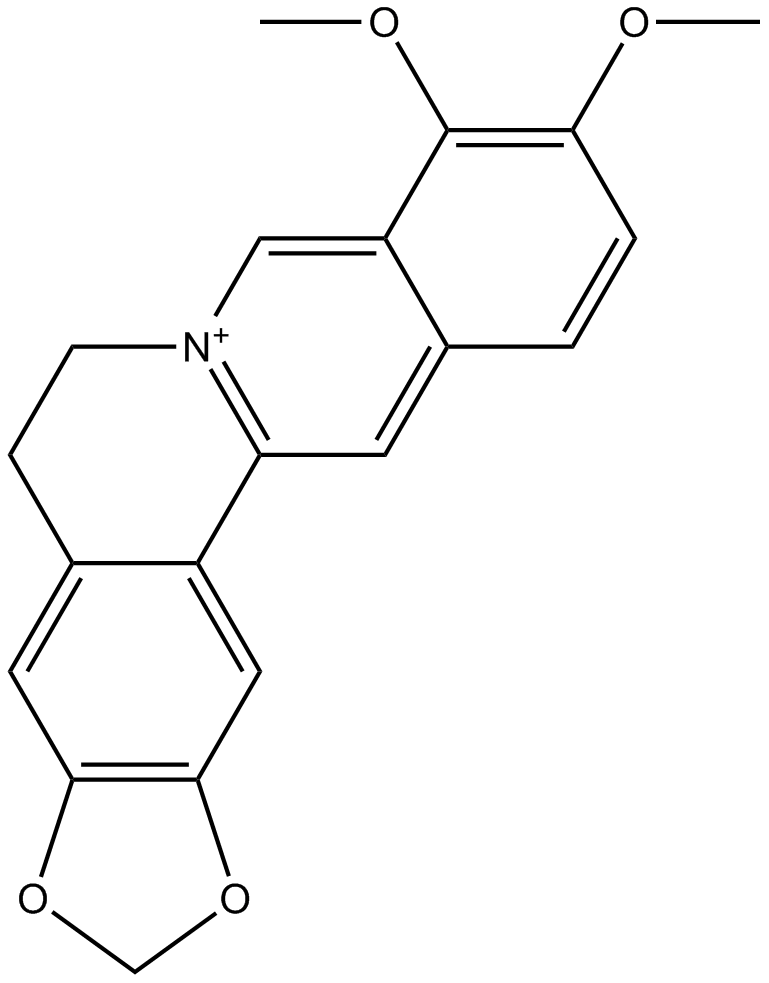
-
GC35497
Berberine chloride hydrate
El cloruro de berberina hidratado (Natural Yellow 18 cloruro hidrato) es un alcaloide que actÚa como antibiÓtico. El hidrato de cloruro de berberina induce la generaciÓn de especies reactivas de oxÍgeno (ROS) e inhibe la topoisomerasa del ADN. Propiedades antineoplÁsicas.
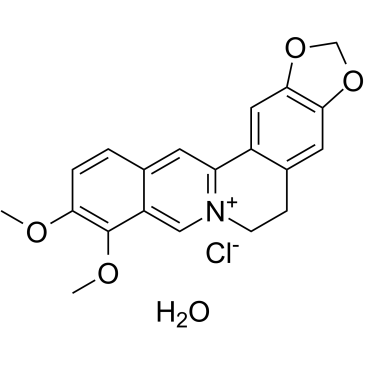
-
GN10208
Berberine hydrochloride
Berberine hydrochloride is an isoquinoline alkaloid derived from the Ranunculaceae medicinal plant Coptis chinensis. It has various pharmacological activities such as anti-tumor, anti-inflammatory, and hypoglycemic activities.
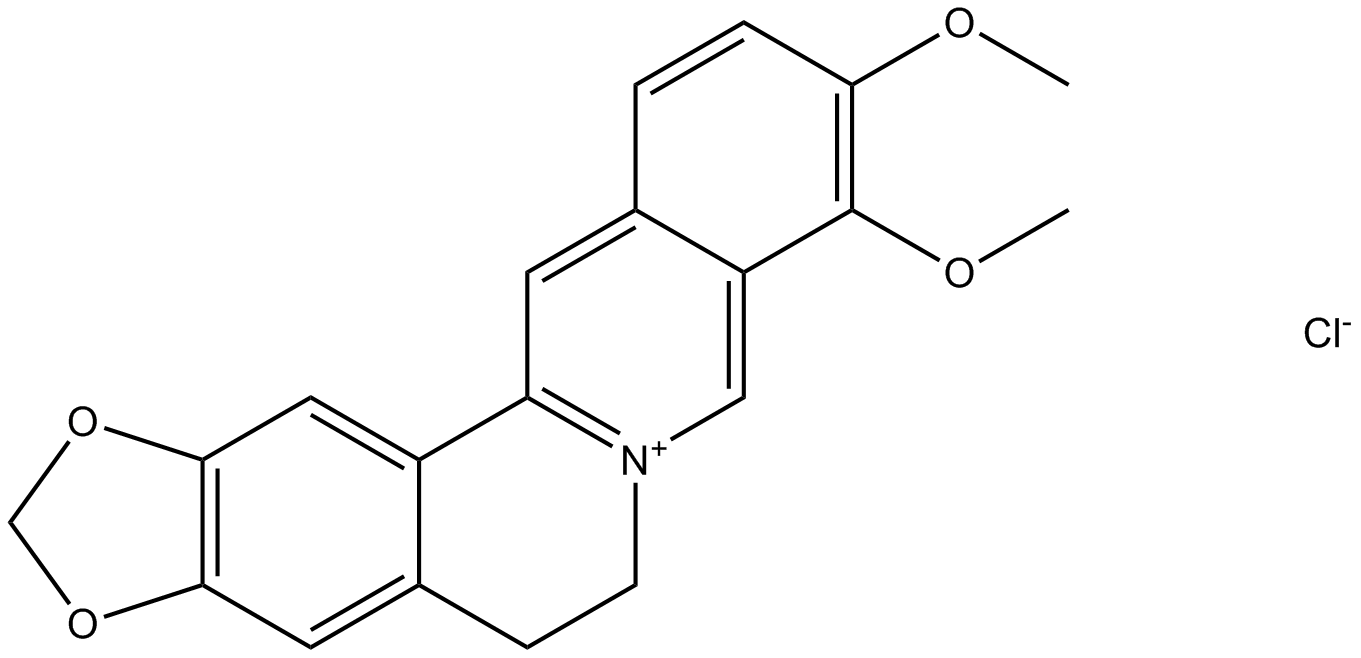
-
GN10523
Berberine Sulfate
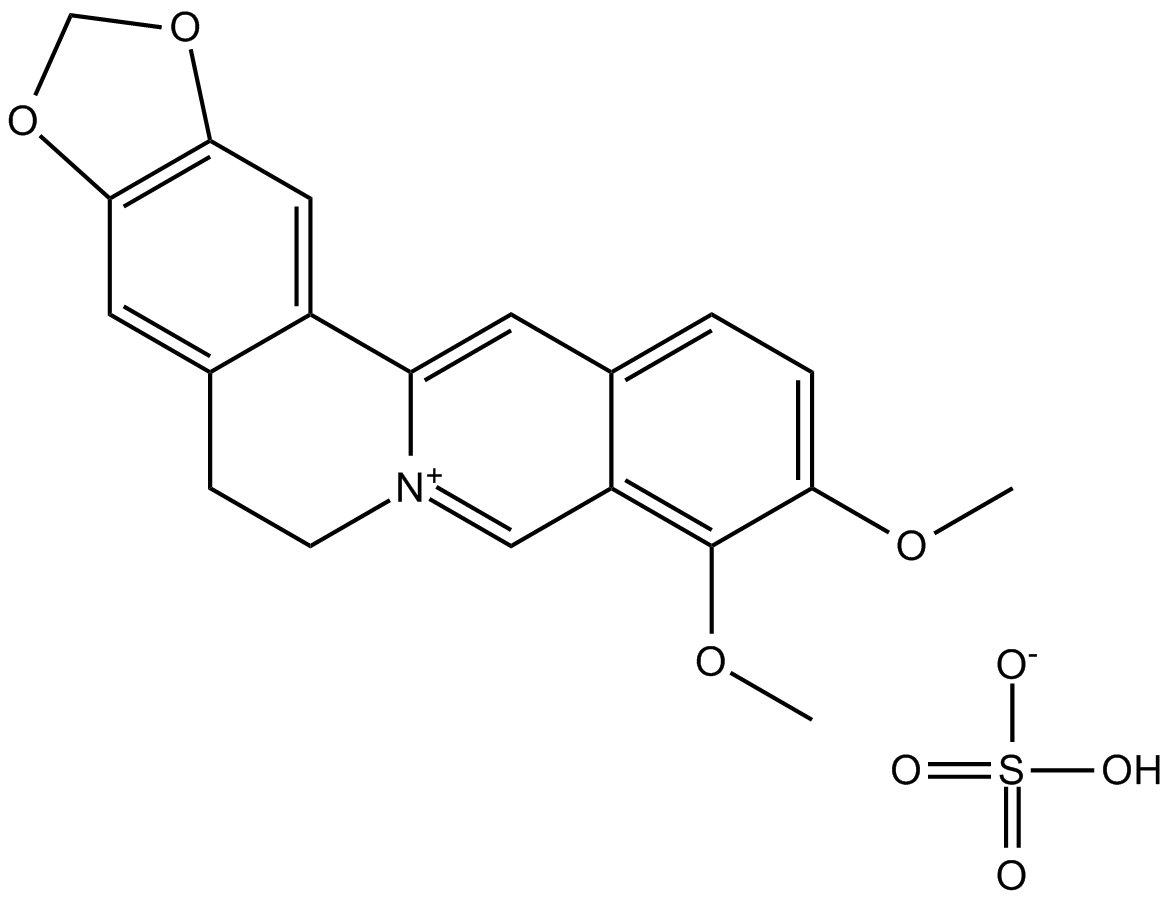
-
GC60076
Bigelovin
La bigelovina, una lactona sesquiterpénica aislada de Inula helianthus-aquatica, es un agonista selectivo del receptor α del retinoide X. La bigelovina suprime el crecimiento tumoral al inducir la apoptosis y la autofagia a través de la inhibiciÓn de la vÍa mTOR regulada por la generaciÓn de ROS.
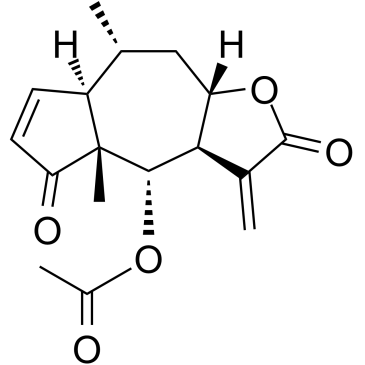
-
GC49708
Biliverdin (technical grade)
A bile pigment

-
GC66485
Bis[3,4,6-trichloro-2-(pentyloxycarbonyl)phenyl] oxalate
El oxalato de bis[3,4,6-tricloro-2-(pentiloxicarbonil)fenil] es un colorante fluorescente que se puede utilizar para generar quimioluminiscencia.
![Bis[3,4,6-trichloro-2-(pentyloxycarbonyl)phenyl] oxalate Chemical Structure Bis[3,4,6-trichloro-2-(pentyloxycarbonyl)phenyl] oxalate Chemical Structure](/media/struct/GC6/GC66485.png)
-
GC35529
Bixin
La bixina (BX), aislada de las semillas de Bixa orellana, es un carotenoide que posee actividades antiinflamatorias, antitumorales y antioxidantes.
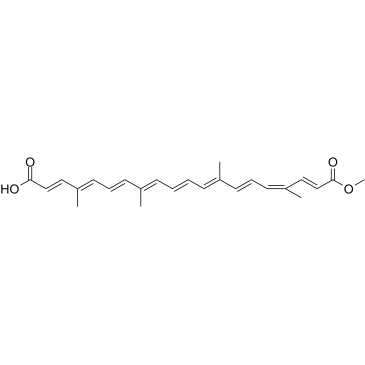
-
GC41397
BMPO
BMPO es una trampa de giro centinela anular. Este producto es un sólido blanco que soluble en agua.

-
GC16921
Bromhexine HCl
La bromhexina HCl es un inhibidor de la proteasa TMPRSS2 potente y especÍfico con una IC50 de 0,75 μM.
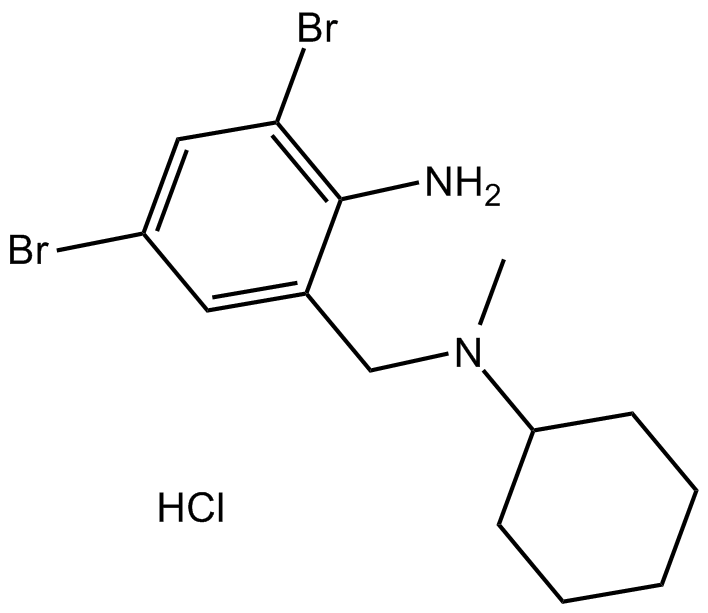
-
GC33134
Bufotalin
La bufotalina es una lactona esteroide aislada de Venenum Bufonis con potentes actividades antitumorales. La bufotalina induce la apoptosis de las células cancerosas y también induce la activaciÓn del estrés del retÍculo endoplÁsmico (RE).
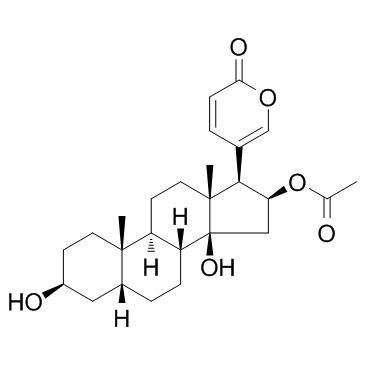
-
GC46960
Buprofezin
La buprofezina es un insecticida que actÚa inhibiendo la sÍntesis de quitina.

-
GC30067
Butylhydroxyanisole (Butylated hydroxyanisole)
Butilhidroxianisol (hidroxianisol butilado) (hidroxianisol butilado) es un antioxidante utilizado como conservante de aditivos alimentarios.
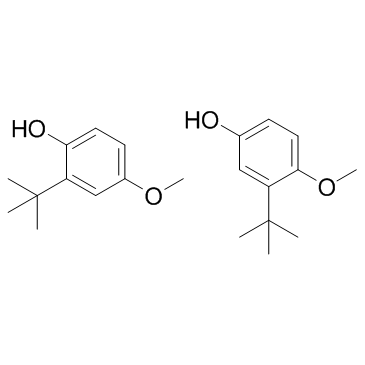
-
GN10356
Calycosin-7-glucoside
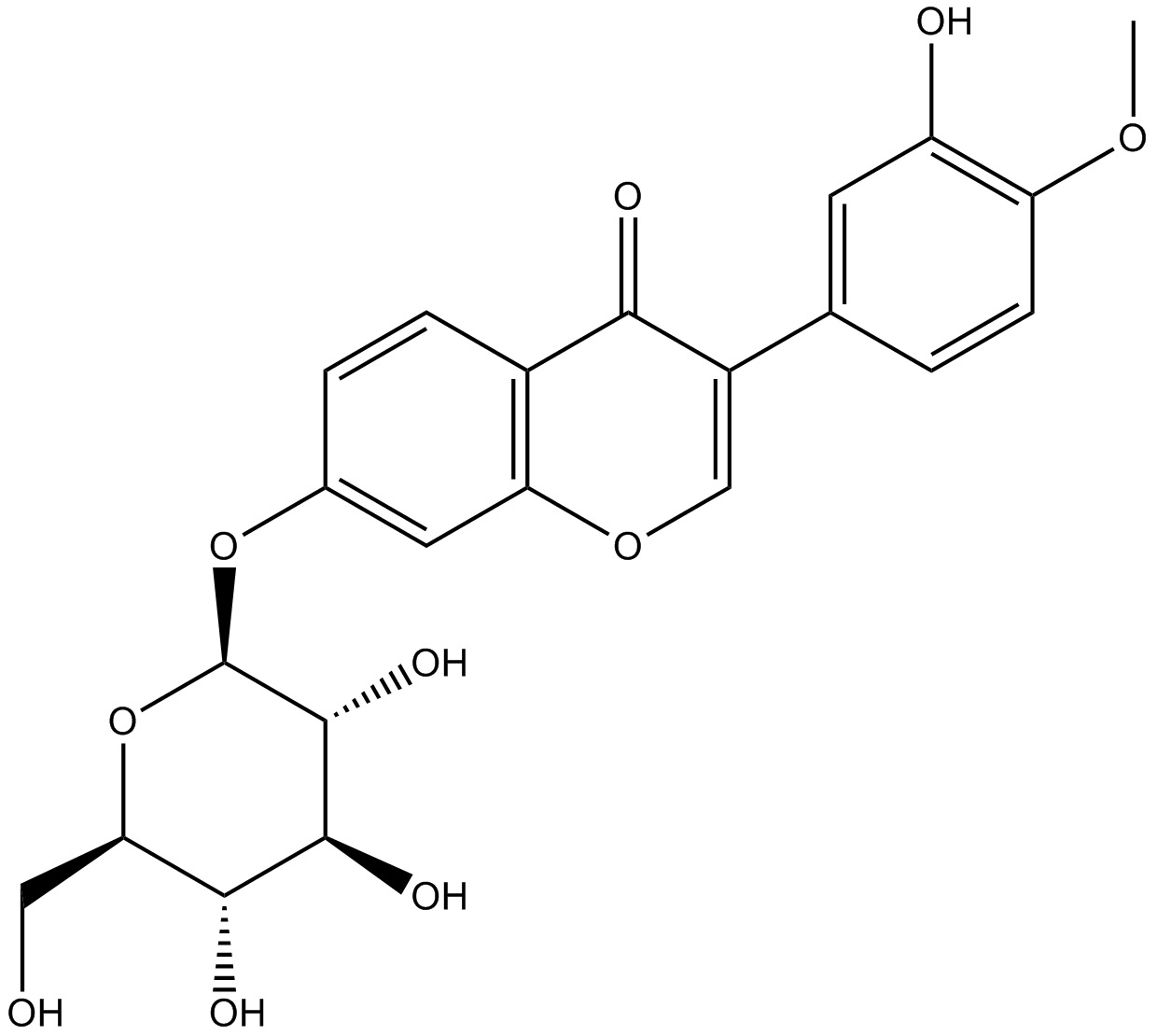
-
GC18922
Camalexin
Camalexin es una fitoalexina aislada de Camelina sativa (Cruciferae) con actividad antibacteriana, antifÚngica, antiproliferativa y anticancerÍgena.
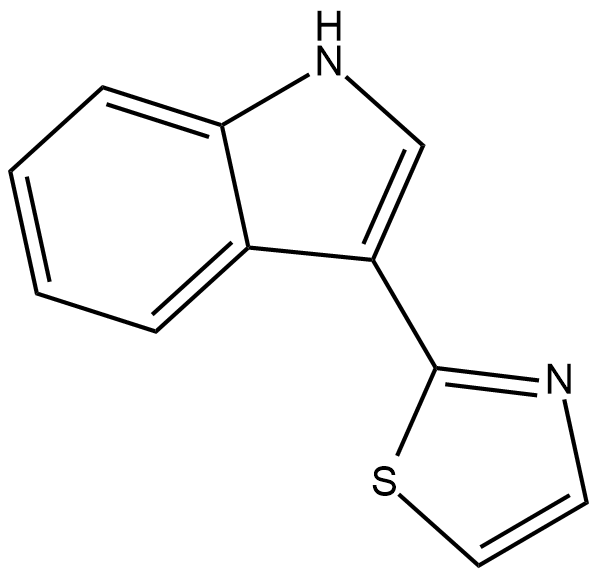
-
GC30495
Canthaxanthin (E 161g)
La cantaxantina (E 161g) es un carotenoide de color rojo anaranjado con diversas actividades biolÓgicas, como propiedades antioxidantes y antitumorales.
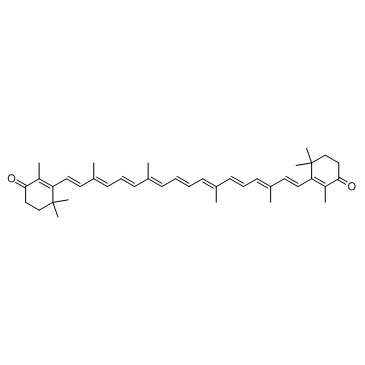
-
GC65429
Capillarisin
Se ha descubierto que la capilarisina, como componente de Artemisiae Capillaris herba, ejerce propiedades antiinflamatorias y antioxidantes.
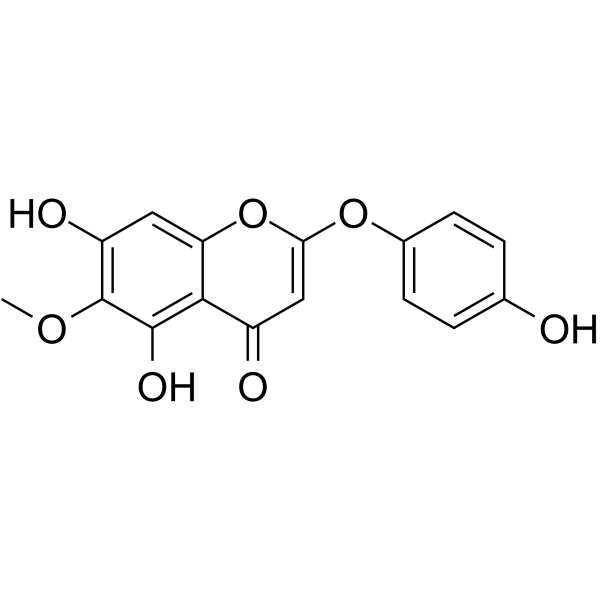
-
GC43139
Capsanthin
La capsantina es un carotenoide que se ha encontrado en C.

-
GC60674
Catalase from Aspergillus niger
Catalase is a key enzyme in the metabolism of H2O2 and reactive oxygen species (ROS), and its expression and localization is markedly altered in tumors.
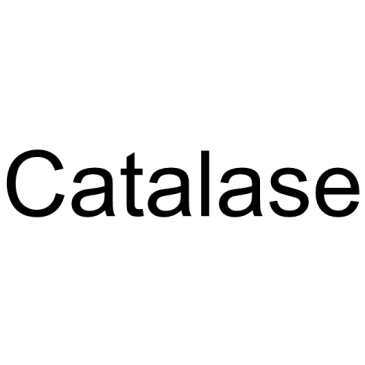
-
GC64933
Catalase from bovine liver
Catalase is a key enzyme in the metabolism of H2O2 and reactive oxygen species (ROS), and its expression and localization is markedly altered in tumors[1].
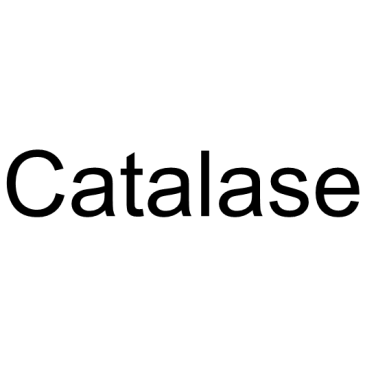
-
GC61865
Cearoin
La cearoÍna aumenta la autofagia y la apoptosis a través de la producciÓn de ROS y la activaciÓn de ERK.
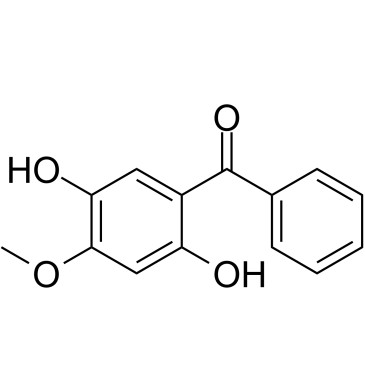
-
GC52081
Chamazulene
El chamazuleno, un compuesto natural, es un inhibidor de tipo antioxidante de la formaciÓn de leucotrieno B4.

-
GC64993
Chicoric acid
El Ácido chicorico (Ácido cicÓrico), un Ácido dicaffeyltartarico activo por vÍa oral, induce la generaciÓn de especies reactivas de oxÍgeno (ROS).
